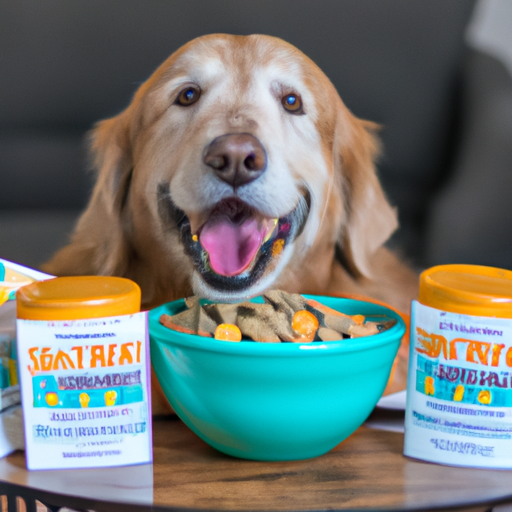Understanding Canine Arthritis
Arthritis in dogs, much like in humans, is a debilitating condition that can cause chronic pain, mobility issues, and a decreased quality of life. It’s a condition that primarily affects older dogs, but younger canines can also suffer from it due to injuries or genetic predispositions. As a caring dog owner, it’s important for you to understand this condition to help your furry friend live a comfortable and happy life.
Recognizing the Symptoms
Before we delve into the remedies, it’s crucial to recognize the signs of arthritis in dogs. Often, the symptoms are subtle and may be mistaken for general signs of aging. Here are some common signs to watch out for:
- Difficulty moving or stiffness, especially after resting
- Reduced activity and playfulness
- Swelling in the joints
- Visible discomfort when walking or running
If you observe any of these signs, it’s time to visit your vet for a proper diagnosis.
Treatments: Medication and Supplements
The first line of treatment for canine arthritis is usually medication prescribed by your vet. However, there are also several supplements you can incorporate into your dog’s diet to help manage the symptoms:
- Glucosamine: This naturally occurring compound helps to repair and build cartilage, reducing pain and improving mobility.
- Chondroitin: Often paired with glucosamine, chondroitin also supports joint health.
- Omega-3 Fatty Acids: These help to reduce inflammation, promoting overall joint health.
| Supplement | Benefits |
|---|---|
| Glucosamine | Helps repair and build cartilage |
| Chondroitin | Supports joint health |
| Omega-3 Fatty Acids | Reduces inflammation |
Always consult with your vet before starting any new supplements.
Physical Therapy and Exercise
While medication and supplements can be effective, they’re often most beneficial when combined with physical therapy and regular, low-impact exercise. Swimming, for example, is an excellent way for dogs with arthritis to get exercise without putting too much pressure on their joints.
Home Care and Comfort
Lastly, a few changes at home can help your dog feel more comfortable. These may include:
- Providing a comfortable dog bed
- Using pet-friendly ramps to help your dog get around
- Keeping your dog at a healthy weight to reduce pressure on the joints
FAQs
Q: Can diet affect my dog’s arthritis?
A: Yes, a healthy diet can help manage your dog’s weight, reducing pressure on their joints and contributing to overall joint health.
Q: Can younger dogs get arthritis?
A: While arthritis is more common in older dogs, younger dogs can also be affected due to injury or genetic predisposition.
Q: Can my dog live a normal life with arthritis?
A: Yes, with proper care and management, dogs with arthritis can still lead happy and fulfilling lives.



